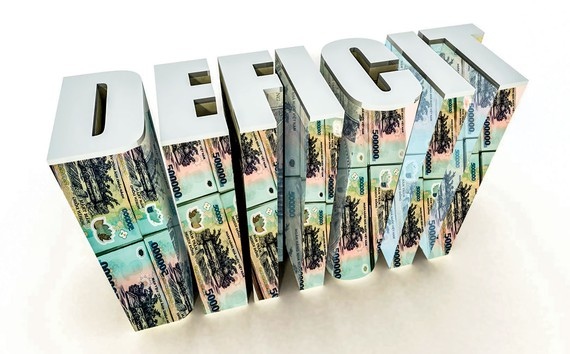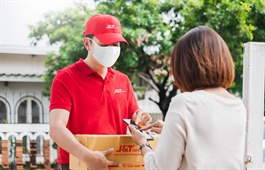Effective resource package needed for economic recovery
Effective resource package needed for economic recovery
Economic recovery now needs resources to build support packages, but it is also important to determine how to use these resources effectively.
Illustrative photo. |
All support packages must cover atleast three factors, namely, economic needs, correct support, and effective implementation.
Outside mobilization
Currently, the support package for economic recovery after the fourth wave of the Covid-19 pandemic is about VND 800,000 bn, which was proposed by the Ministry of Planning and Investment. However, it is still not clearly defined and needs further clarification and direction. The proposed amount implies to some extent that the size of the support package must be based on the budget balance, specifically on budget deficit. Now the time has come to determine whether we can handle a budget deficit of 4% to 6% of GDP per year. Then only will it be determined how large the support package should be and how much of it should be allocated.
Resources mobilized for the support package must first and foremost be drawn out of varied sources. For instance, if we want to support businesses, right now we have to shift resources in budget spending to support businesses in need. The principle is to keep the budget deficit within an acceptable level. Vietnam’s annual budget deficit is about 4% of GDP, which is very heavy. If additional spending is increased to supplement the support package, this will have to be extended, but perhaps stay within 5%, which will be reasonable and not quite so high.
There are several budget considerations to be seen to immediately. Firstly, if the State budget is not sufficient enough, the Government can consider borrowing from international financial institutions at low preferential interest rates. Currently, Vietnam can take advantage of preferential loans to support the economic recovery which has been drastically hit by the Covid-19 pandemic. International financial institutions are offering relatively low-interest rates of about 1%, which would be feasible in a loan option.
Secondly, the Government should mobilize resources from SOEs. Currently, we are still advocating on divesting State capital to many enterprises, but the process of equitization of SOEs is slowing down. Reducing the proportion of state-owned capital on exchange is an urgent need and the process too needs to be accelerated. Enterprises that are not facing sensitive issues, such as security and defence, must speed up divestment.
Another channel to raise capital for the economic support package is the issuance of Government bonds. However, it is advisable to limit the use of internal lending because reality so far has shown that it has not achieved much efficiency. The reason is that when the Government issues ordinary bonds, these bonds are also sold to the State Bank of Vietnam, causing the money supply to increase very quickly, which has a negative impact on monetary policy. When issuing Government bonds, it will increase the ability to absorb large capital into the market, reducing the ability of enterprises to access capital.
Overall fiscal deficit
We should not only look at the size of the support package for people and businesses in the country but also look at the overall fiscal deficit of Vietnam compared to other countries. We should not compare Vietnam's support spending of only 2.5% of GDP while other countries support spending is upto 10% of GDP. In fact, this is not appropriate support expenditure but only a part of Vietnam's total budget expenditure. Therefore, in order to determine how much fiscal and monetary easing is, we must clearly see the extent of our country's budget deficit.
Vietnam's budget deficit in normal conditions is close to the budget deficit of other countries in the condition that they are launching large fiscal support policies. Specifically, if compared with countries with many similar characteristics in ASEAN-5 such as Thailand, the Philippines, and Indonesia, Vietnam's budget deficit is always around 4% of GDP, while these other countries after launching a series of supportive policies have budget deficit at only 4% to 5% of GDP.
Therefore, along with mobilizing resources to design a package to support economic recovery after the Covid-19 pandemic, it is necessary to clearly identify three main issues. First, the economic support package should be designed at a moderate scale, within a controllable level. Specifically, it is suitable for the level of budget deficit to be the level of capital absorption of the economy.
Second, the support package needs to reach the beneficiaries of the policy. Currently, there are many economic support packages but they still do not reach the right beneficiaries. For example, the recent unemployment insurance payment package covers all unemployment insurance participants, while some occupations are not covered. This is proof that the support policy is impartial and not promoting anyone in particular. This clarifies the effectiveness of the support package, which only has the effect of a policy disbursing money, but in reality, it still does not follow up with the subjects.
Third, it is the method of implementing the support package that must be very effective. For example, a fairly effective measure in supporting businesses is to reduce fees due to the Covid-19 pandemic. This policy is doing very well, in the right direction, and with the right audience. Unfortunately, because the scale is too small and takes place in a short time, the reality is that enterprises do not benefit from this policy as much as they should. From this there is a lesson to be learnt.








